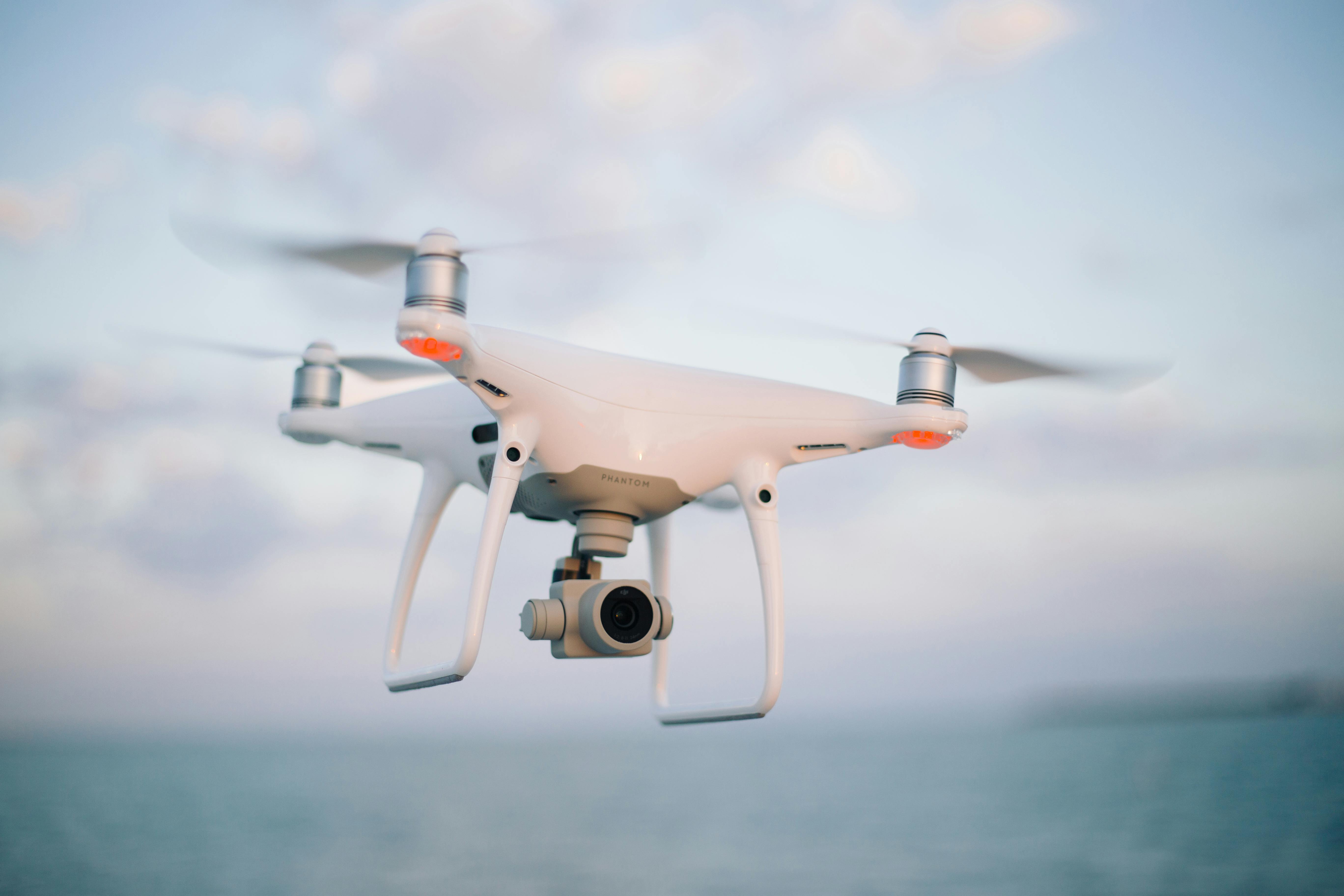Author: Technical Team, Linpowave
Date: July 19, 2025 | Reading Time: 3 minutes
When evaluating a sensor solution for your automation, mobility, or safety application, understanding what type of data the sensor provides is just as important as how it works. Millimeter-wave (mmWave) radar sensors stand out by offering reliable, real-time data under harsh or variable environmental conditions. But what exactly can these sensors measure?
Let’s explore the core data outputs of mmWave radar sensors—and what they mean for your application.
Distance: Know Exactly Where Objects Are
At the heart of radar technology isrange detection. mmWave sensors emit radio waves and calculate the time it takes for the signal to bounce back after hitting a target. This allows the sensor to accurately measurethe distance to an object, even in conditions like fog, rain, or dust where vision-based systems might fail.
Use cases:
-
Forklift proximity detection in dusty warehouses
-
Car presence detection in multi-lane smart intersections
-
Liquid level monitoring in enclosed tanks
Speed: Measure Motion With Precision
Thanks to the Doppler effect, mmWave radar sensors also delivervelocity data. This means you can measure how fast an object is approaching or moving away from the sensor—with high accuracy, and in real time.
This data is essential for:
-
Collision avoidance in AGVs and AMRs
-
Traffic flow analysis in ITS infrastructure
-
Speed enforcement in smart city deployments
Angle: Understand Object Direction and Placement
Advanced radar modules like Linpowave’s U100 or V300 series provideazimuthal angle information, enabling the system to determinethe directionof a detected object relative to the sensor. This is crucial for multi-object tracking and trajectory prediction.
Applications include:
-
Tracking pedestrian or vehicle movement at busy intersections
-
Estimating the angle of approach in parking assistance systems
-
Smart security monitoring with direction-aware intrusion alerts
Presence and Pattern Recognition
In addition to distance and motion data, modern mmWave sensors can identifypresence, occupancy patterns, and micro-movements. For example, subtle breathing motions can be detected, enabling applications like:
-
In-cabin child presence detection in vehicles
-
Occupancy detection for energy-saving smart buildings
-
Fall detection or activity monitoring in elderly care
Environmental Robustness: Data You Can Trust
mmWave radar doesn’t rely on visible light, so it delivers consistent data even inlow visibility,extreme temperatures, ordirty industrial settings. Whether you’re tracking trucks in heavy rain or detecting motion in a dim warehouse, you can count on stable output.
Compared to optical or ultrasonic sensors, mmWave radar excels in maintaining high detection fidelity across a wide range of environments.
Bringing It All Together
Linpowave’s radar sensors are designed to offermulti-dimensional data—distance, speed, angle, and presence—all in a compact, solid-state package. Combined with a variety of output protocols (UART, CAN, RS-422, TTL), our modules fit seamlessly into industrial automation, transportation, and IoT ecosystems.
Looking to integrate radar data into your application?Explore our U100 seriesorcontact our teamfor expert support.



